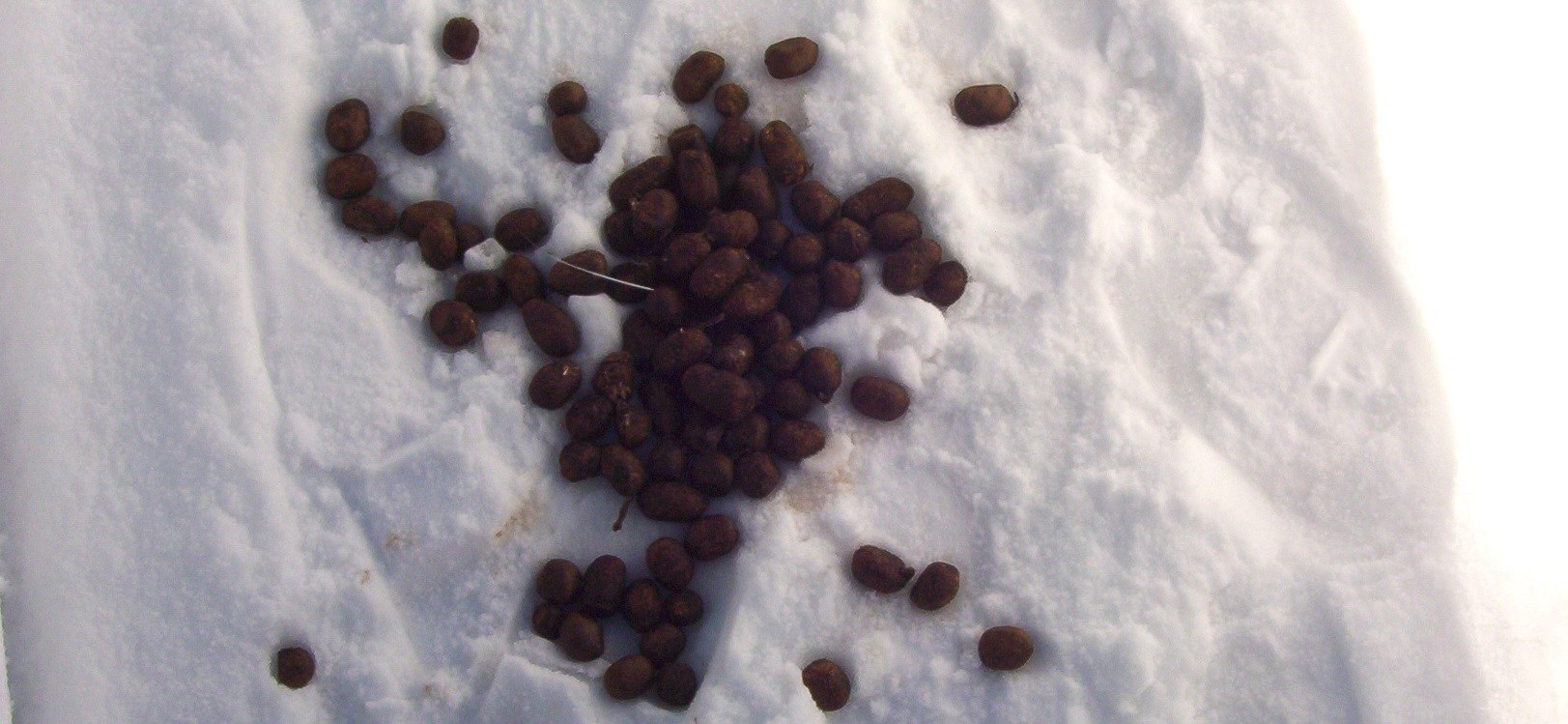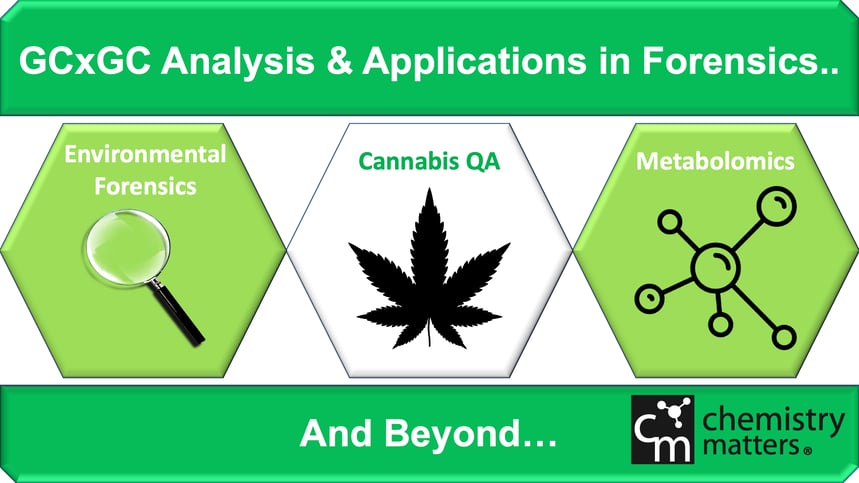I was at a conference in Corvallis, OR on the topic of polycyclic aromatic hydrocarbons called ISPAC 2013 (www.ispac2013.com) a couple of weeks ago. I was invited to give one of the plenary talks on PAHs on the subject matter of PAH use in environmental forensics investigations. I have recently posted a guest blog at Elsevier Environment on the topic of Environmental Forensics and the oil sands. During the ISPAC conference, I was struck by the amount of research on my plenary topic and the amount of research being done as a result of the Macondo gulf oil spill. It is almost like the research on PAHs was super-funded as a result of the spill. Monitoring of spills and the regulations on PAHs are bound to all be changing in the future because of the increased understanding coming from this research.
Also at the conference, there were several talks on the Alberta oil sands, which obviously caught my eye as that is my neck of the woods. One such talk caught my attention as it epitomized the topic of environmental forensics. The talk was by Ms. Lundin, a graduate student, studying scat samples (yes, that is poop) from caribou, moose and wolf around the oil sands of Alberta. Originally, the study was looking at using scat to identify and quantify the local populations and health of those populations, especially the protected caribou species at risk, through analysis of the DNA and hormones etc from the scat samples. The study design was impressive covering large tracks of land, involving collection of scat samples during the winter with specially trained scat finding dogs (no kidding). The study looked like it could have been an episode on CSI. The samples were collected and analyzed for a variety of things including DNA and hormones to evaluate the animal population and the health of the animals. Lundin’s study took advantage of the collection of scat samples to analyze the samples for the presence of PAHs. PAHs has been recently been shown to be increasing in northern Alberta sediment samples as a result of the increased production of the Alberta oil sands by Kurek 2013 and Jautzy 2013. Both of these studies showed that PAHs were increasing and the increase was a result of increased activity of the open pit mining activities through the movement of dust and resuspension of PAHs and deposition of PAHs in the lakes around these facilities. Open pit mines are approximately half the operations in the Alberta oil sands, with the other half being SAGD operations (based on 2012 production numbers). It is thought that the SAGD operations result in much less potential emissions.
The uniqueness of Lundin’s study is two fold. First, the use of scat to monitor for contaminants is not common and has not been done in the oil sands monitoring programs previously. Second, Lundin’s study was comparing areas around a SAGD facility. Lundin found that PAHs (namely naphthalene and methyl-naphthalenes) were higher in moose scat near the SAGD operations as compared to her reference location. These preliminary results would indicate that maybe the SAGD production facilities may also have potential releases of PAHs.
It is not unrealistic to think that the Alberta oil sands have environmental releases of compounds such as PAHs. What this and the previous studies provide is a mechanism to measure and monitor PAHs in the northern Alberta environment. This and the previous studies from 2013 will likely cause a shift in thinking for the monitoring of environmental impacts in the oil sands region.




